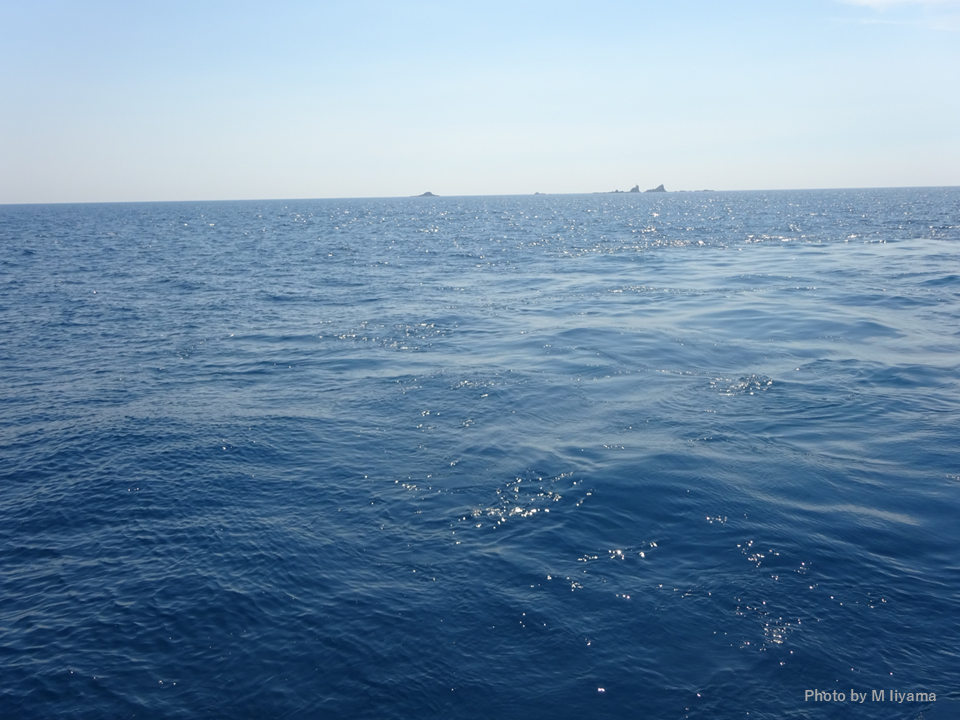Pick Up
1079. A New Crisis for the Earth System

1079. A New Crisis for the Earth System
Discussions about the future of the Earth system have centered on addressing climate change. However, in order to pass on a livable world to future generations, it is necessary to consider systems such as the biosphere. To this end, Dr. Rockström's group at the Stockholm Resilience Center proposed the concept of planetary boundaries.
Under the planetary boundaries concept, nine boundaries have been selected as the most important processes for maintaining the stability of the Earth system: climate change, biosphere integrity, biogeochemical cycles (nitrogen and phosphorus), ocean acidification, land use change, freshwater use, ozone holes, atmospheric aerosol particles, and novel entities. Scientists have also attempted to quantify the degree of anthropogenic disturbance to these planetary boundaries and have defined a "Safe Operating Space" (SOS), where the Earth system can maintain its basic functions by exerting its own resilience.
A paper published last September concluded that, of the nine planetary boundaries, six have crossed the danger zone: climate change, biosphere integrity, biogeochemical cycles (nitrogen and phosphorus), land use change, freshwater use, and new chemical pollution. Ocean acidification is also on the verge of exceeding the boundary, and atmospheric aerosols have already exceeded the boundary in some regions, with the situation for boundaries that have already exceeded the safe limits worsening.
A paper published on July 15 in the journal Nature Ecology and Evolution proposed that aquatic deoxygenation, observed in both freshwater and saltwater ecosystems around the world, should be considered as a new planetary boundary that threatens the stability of the Earth system.
According to the paper, lakes and reservoirs have lost 5.5% and 18.6% of their oxygen, respectively, since 1980, while the oceans have lost 2% of their oxygen since 1960. While the latter number may seem small, the impact of oxygen loss on marine ecosystems is enormous given the scale of the ocean, and there are regional differences, with estimates suggesting that 40% of oxygen has been lost off the coast of California in the past few decades.
The primary causes of oxygen loss in water bodies are said to be global warming due to greenhouse gas emissions and nutrient inflow due to land-use changes. Increased water temperatures reduce oxygen solubility, and under global warming, low-density and warm low-salinity water overlaps cold heavy water with high salinity, resulting in water stratification. This stratification makes it difficult for oxygen-poor deep water to mix with oxygen-rich surface water. In addition, the influx of nutrients from land promotes eutrophication due to algal growth, and more oxygen is consumed as organic matter precipitates and breaks down into microorganisms.
In oxygen-poor waters, fish, shellfish, and crustaceans are severely affected, which in turn impacts fisheries, aquaculture, and tourism industries. This disruption can spill over into the food chain and lead to the collapse of ecosystems. In addition, microbial processes in oxygen-deficient environments can lead to the generation of greenhouse gases such as nitrous oxide and methane, which can accelerate climate change and further deoxygenation in water bodies.
The paper warns that approaching the tipping points in water bodies could also affect other planetary boundaries, resulting in irreversible consequences. It recommends urgent action to address the essential causes of global warming and terrestrial nutrient influx.
Reference
Rose, K.C., Ferrer, E.M., Carpenter, S.R. et al. Aquatic deoxygenation as a planetary boundary and key regulator of Earth system stability. Nat Ecol Evol 8, 1400–1406 (2024). https://doi.org/10.1038/s41559-024-02448-y
Contributor: IIYAMA Miyuki, Information Program
